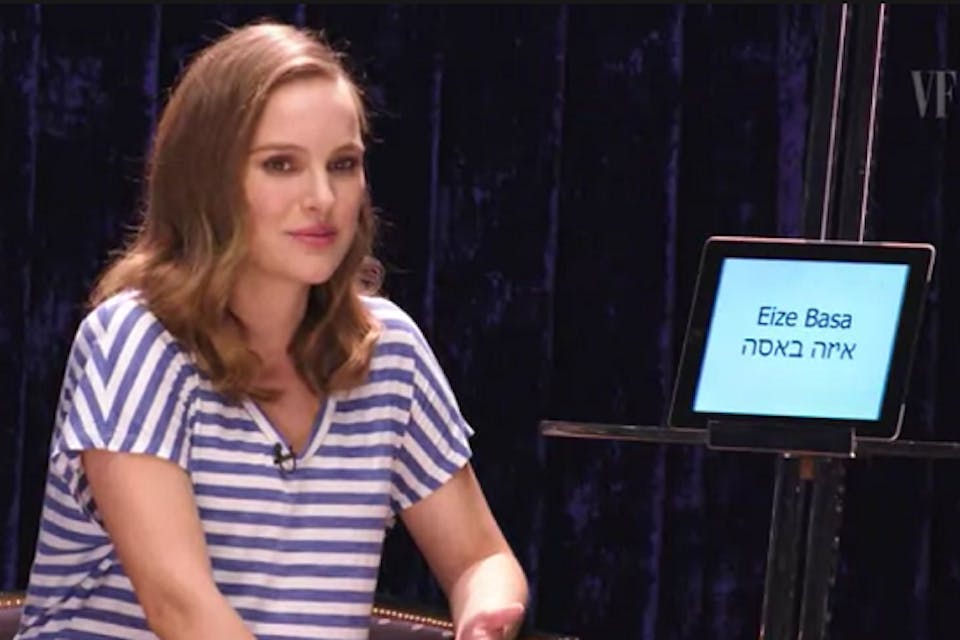
July 5, 2017
How Modern Hebrew Developed a Full-Blown Slang in Just a Hundred Years
By PhilologosIn part, it borrowed extensively from the slangs and vernaculars of other languages. Consider the case of de la shmatte.
Adin Eichler writes:
My grandmother had a word takhlis. [Mr. Eichler spells the word in Hebrew/Yiddish characters as טאכלעס.] She’d use it in sentences like, “It’s time for takhlis,” which meant she was about to sit us down and give us a good talking-to. I never understood precisely what that meant. Do you happen to know?
Takhlis is Yiddish for practical matters or for the practical side of something, as in a sentence like lomir redn takhlis, “Let’s talk takhlis,” that is, “Let’s get down to business” or “Let’s get down to brass tacks.” Although, with the stress on its first syllable, it’s pronounced as Adin Eichler wrote it, following the rules of Yiddish spelling, you won’t find it spelled that way in a Yiddish dictionary. This is because it comes from the Hebrew word takhlit, spelled תכלית, with the stress on the last syllable. The rule in Yiddish is that all Hebrew-derived words retain their Hebrew spellings even if that is not how their sounds would ordinarily be represented in Yiddish. And yet in writing takhlis in Hebrew today, it is often Yiddishized as תכלעס (sometimes elided into תכל’ס).